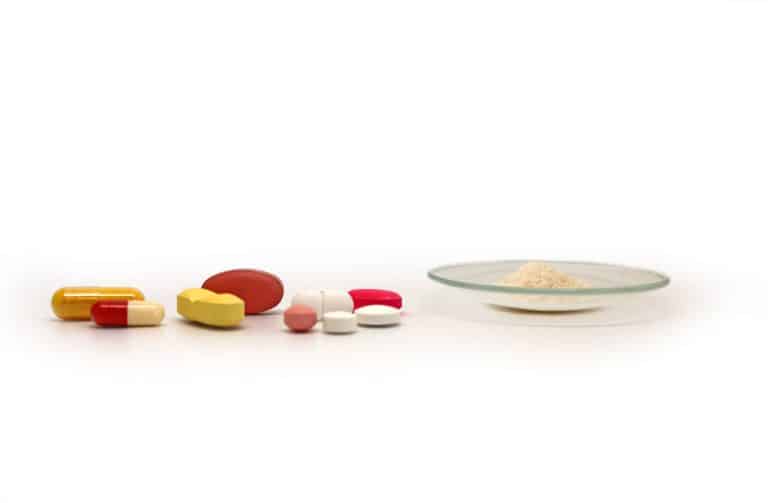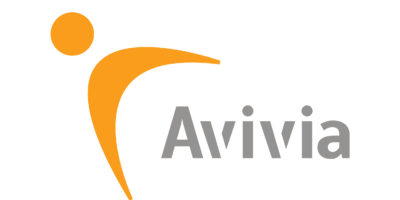Recently, an increasing number of drug products, have been suspended or recalled from the market due to elevated levels of nitrosamine impurities. Some nitrosamines are classified as probable or possible human carcinogens.
The presence of nitrosamine impurities in marketed drug products is becoming a significant focus for the pharmaceutical industry following regulatory guidelines on identification, permitted limits and mitigation strategy to reduce below acceptable (ppb) levels.
Nitrosamine impurities can be formed in many ways. Manufactures are obliged to assess levels of nitrosamines and investigate potential risks

Formation of nitrosamines

The formation of nitrosamines in API and drug product requires risk assessments of approved or marketed products and products with pending applications. Appropriate actions to reduce or prevent the presence of nitrosamines in APIs and drug products should be taken
In recent cases, the root cause of nitrosamine formation has been attributed to nitrite impurities present in excipients, water or packaging materials. Nitrosamine-focused drug formulation design is a recommended mitigation strategy by regulatory authorities.
Mitigation strategies
For the design of new drug products, nitrosamine control and strategy should an integral part of the development.
To avoid recalls or withdrawals of marketed pharmaceutical products containing unacceptable levels of nitrosamines, mitigation strategies are required to reduce or eliminate its presence or formation.
Regulatory authorities suggest strategies such as inclusion of antioxidants or basifying the formulation as the formation of nitrosamines typically occurs under acidic conditions. If reformulation is required, bridging in-vitro or in- vivo bioequivalence studies will also be needed.



